Overview
Map
Other Details
كنيسة مار بطرس وبولس
Lehfed
Jbeil
Mount Lebanon
كنيسة مار بطرس وبولس - لحفدهي كنيسة صغيرة في طرف البلدة. بُنيت سنة ١٩١٢ ورُمّمت في تسعينيّات القرن العشرين. الكنيسة بسوق واحد مسقوف. لوحة مار بطرس وبولس من عمل جوزيف زيادة تعود لعام ١٩٥٨. The church of Sts Peter and Paul - LehfedThe church is a small chapel on the outskirts of the village. The construction began in 1912, and was restored in the nineties. The church consists of a single roofed nave. The painting of Sts Peter and Paul is made by Joseph Ziade dates back to 1958.
Visited 2327 times, 5 Visits today




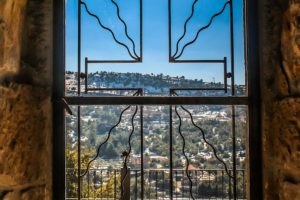
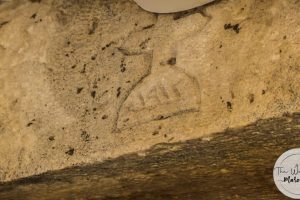
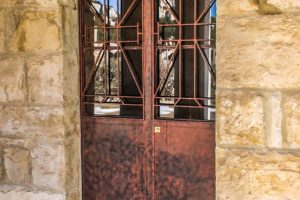
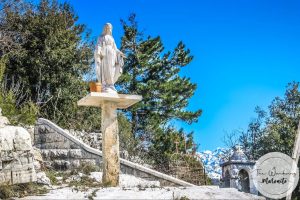
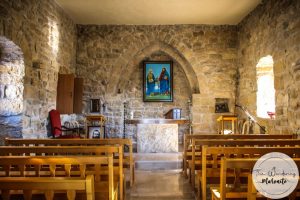
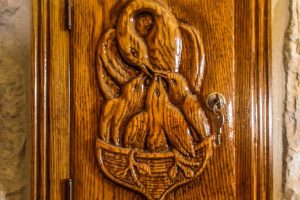
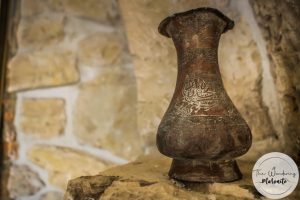








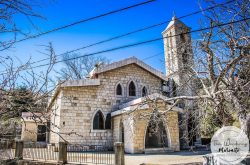
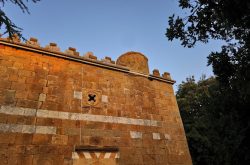
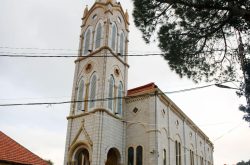
Reviews are disabled, but trackbacks and pingbacks are open.